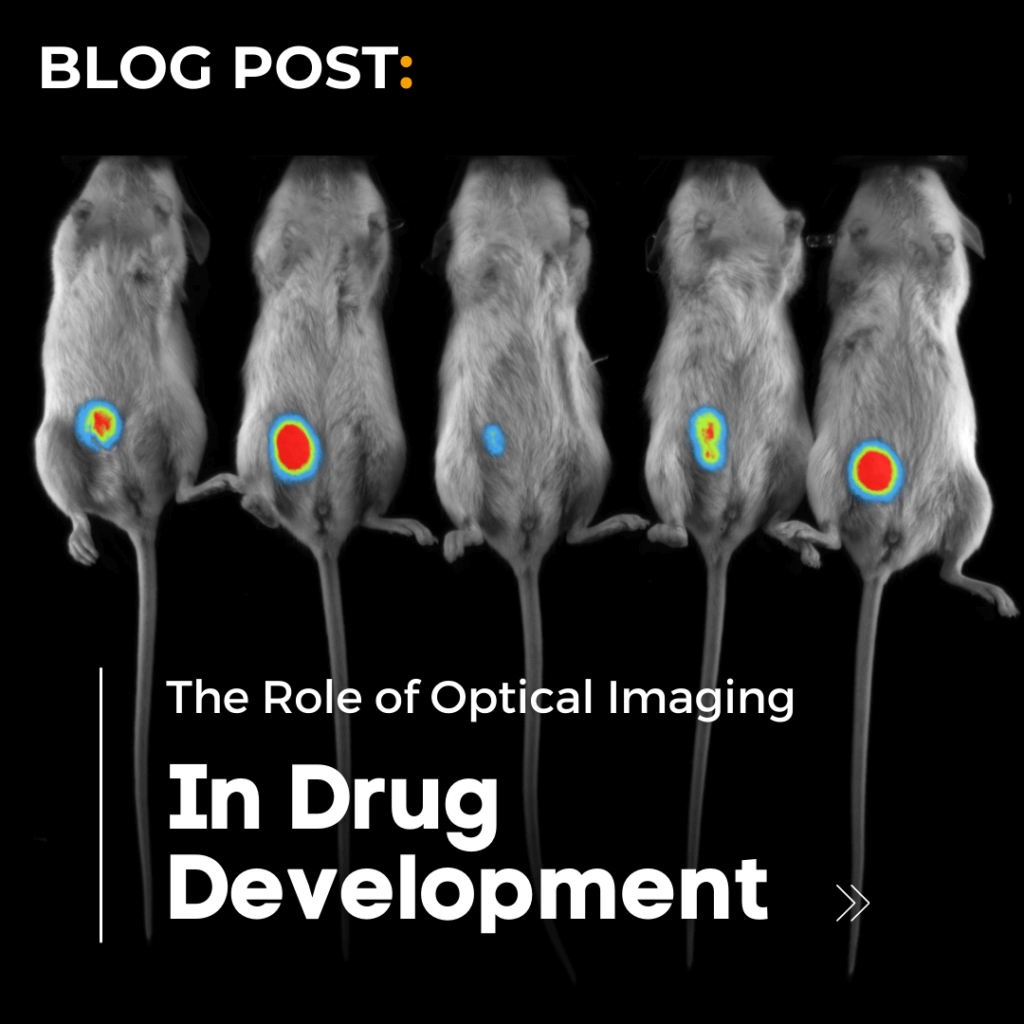Optical imaging has become an indispensable tool in drug development. This technology, which includes bioluminescence imaging, fluorescence imaging (FLI), and near-infrared imaging (NIR), has significantly enriched our capacity to perform thorough biodistribution and molecular imaging studies, thereby facilitating a smoother transition from concept to clinic.
- Products
- Imaging
- Microscopy
- Lab Equipment
- Surgery
- Physiology
- Cell & Isolated Tissue
- Bioprinter
- Hypoxia & Atmospheric Control
- Data Acquisition Solutions
- Software
- Phantoms
- Consumables
- Applications
- Cardiovascular Biology
- Oncology
- Neurology
- Developmental Biology
- Abdominal Anatomy
- Pulmonary Biology
- Musculoskeletal Anatomy
- Drug Discovery
- Safety Pharmacology
- Microbiology & Immunology
- Regenerative Medicine
- Engineering & System Components
- Agricultural Applications
- Other Animal Models
- Services
- Resources
- About Us
- Shop
- Contact Us
